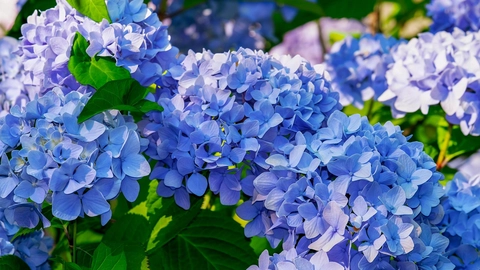Among the myriad choices for garden enthusiasts, the Painted Daisy (Tanacetum coccineum) stands out not only for its vibrant beauty but also for its prowess in natural pest control.
This perennial, belonging to the aster family and also known as the pyrethrum plant, is favored for its colorful, daisy-like blooms and easy-going nature. But there's more to these flowers than meets the eye. They are a source of pyrethrum, a key ingredient in natural insecticides, making them a gardener's ally against pests.
More Than Just a Pretty Bloom
The Painted Daisy thrives in full sun and can tolerate partial shade, especially in the heat of summer, making it a versatile addition to any garden. With its fern-like foliage and a height that averages around 2 feet, it adds texture and color to cottage garden designs while doubling as an effective pest deterrent.
Its preference for well-drained soil and drought resistance once established makes it a low-maintenance choice for gardeners. Moreover, its deer resistance and appeal to butterflies add further value to this plant in a garden ecosystem.
Natural Pest Control Packed in Petals
The secret to the painted daisy's pest-fighting abilities lies in pyrethrum, a compound extracted from the flower that targets the central nervous system of insects. This potent agent can paralyze and subsequently kill a variety of garden invaders, such as aphids whiteflies, thrips, and spider mites, making it a valuable ally for gardeners looking to avoid synthetic pesticides.
Pyrethrum can also be found at your local home improvement store or nursery.
Application with Care
It's advisable to wear gloves when handling it, as it's not particularly harmful to humans, but it can cause skin irritation for some.
Although it's deemed safe for use on vegetables, it's important to thoroughly wash your produce prior to consumption. By adhering to the manufacturer's guidelines and applying the spray or powder to plants affected by pests, you should see hostile insects start to perish within minutes.
Because pyrethrum is a powerful insecticide, it is crucial to use it judiciously to avoid harming beneficial garden insects such as bees and butterflies.
Applying it in the late evening, when these pollinators are less active, can mitigate unintended consequences. Additionally, pyrethrum's rapid degradation ensures it doesn't linger in the environment, losing its toxicity within days.

















